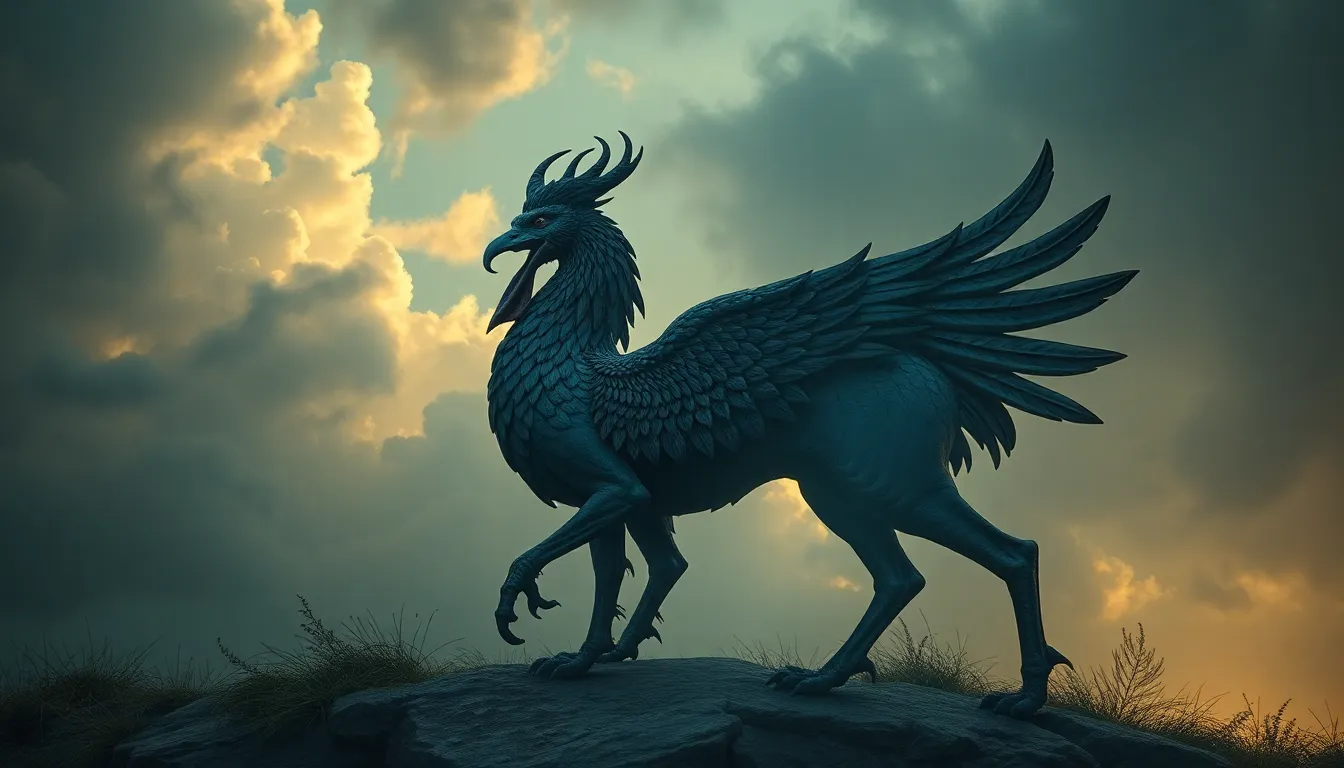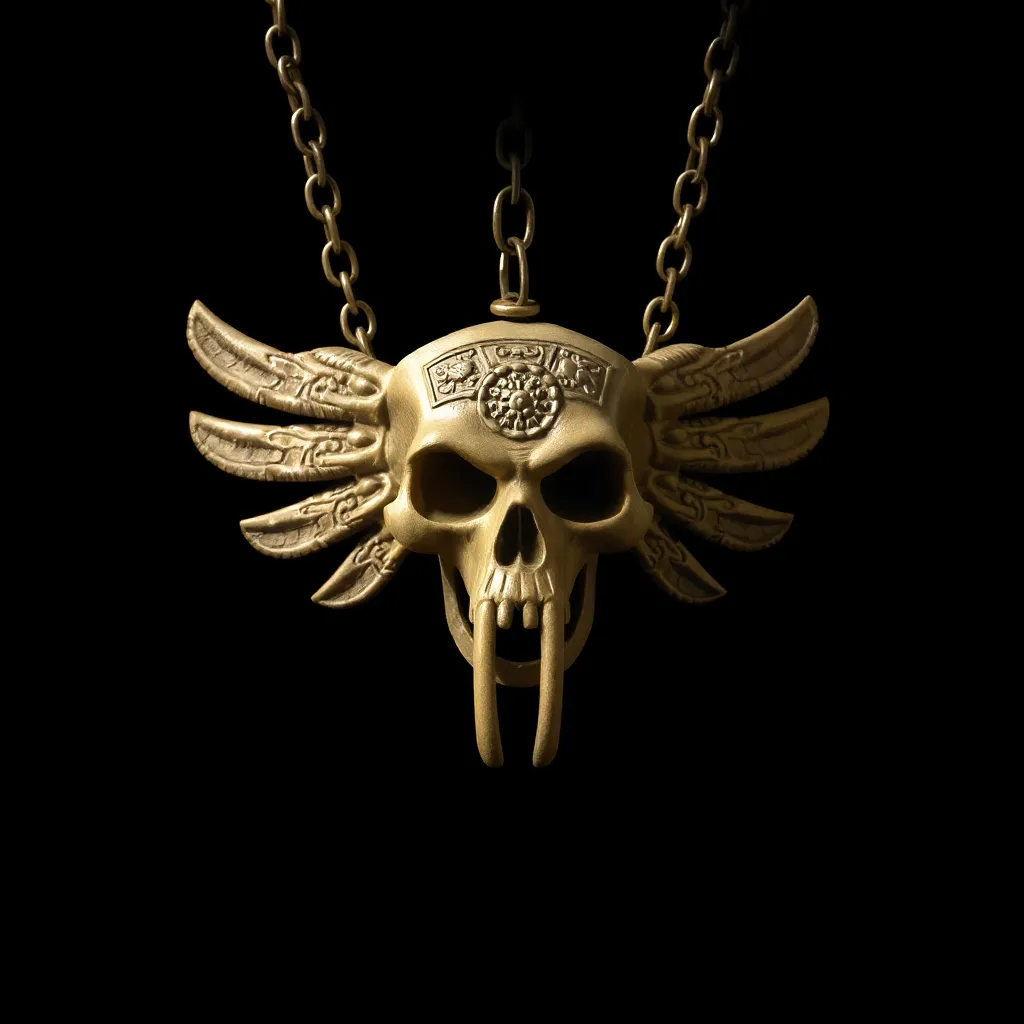The Centaur in Roman Art: From Sculptures to Mosaics
I. Introduction to the Centaur in Roman Culture
The centaur, a mythological creature with the upper body of a human and the lower body of a horse, holds a significant place in ancient mythology. These beings represent a blend of civilization and barbarism, embodying the duality of human nature. In Roman culture, centaurs were not merely mythical figures but served as rich symbols within art, reflecting the values, beliefs, and conflicts of the time.
II. Historical Background of Centaur Imagery
A. Origins of centaur motifs in Greek art
The concept of the centaur originated in Greek mythology, where they were often depicted as wild and unruly beings, living on the fringes of civilization. Greek artists began representing centaurs in various forms, from pottery to sculptures, emphasizing their dual nature as both noble and savage.
B. Transition and adaptation of centaur imagery into Roman artistic traditions
As the Romans adopted Greek culture, they also embraced the imagery of centaurs, integrating them into their own artistic traditions. Roman artists reinterpreted centaurs, often placing them in contexts that highlighted their symbolic meanings, such as the struggle between chaos and order.
III. Centaurs in Roman Sculpture
A. Notable examples of centaur sculptures
Roman sculptures featuring centaurs are found in various locations, showcasing the artistic prowess of the time. Some notable examples include:
- The Centaur from the Villa of the Papyri in Herculaneum
- The Battle of the Centaurs and the Lapiths, a popular subject in reliefs
- Centaurs depicted in the friezes of temples and public buildings
B. Techniques and materials used in creating centaur statues
Roman sculptors employed various techniques and materials to create centaur sculptures. Common materials included:
- Marble, prized for its durability and beauty
- Bronze, often used for smaller, intricate works
- Terracotta, employed in many household items and decorative pieces
Techniques ranged from traditional carving methods to casting and assembling sculptures from multiple parts.
C. Interpretation of centaur sculptures in public and private spaces
Centaur sculptures were often placed in both public and private spaces, serving different purposes. In public contexts, they symbolized strength and the virtues of Roman society, while in private homes, they might represent personal ideals or family values.
IV. Centaurs in Roman Mosaics
A. Key sites featuring centaur mosaics (e.g., Pompeii, Herculaneum)
Roman mosaics featuring centaurs can be found in various archaeological sites, notably:
- The House of the Tragic Poet in Pompeii
- The Villa of the Mysteries in Pompeii
- The House of the Centaur in Herculaneum
B. Artistic styles and techniques of mosaic creation
Mosaic artists used tiny pieces of colored stone, glass, or ceramic to create intricate designs. The techniques included:
- Tesserae placement to form detailed images
- Use of a variety of colors to convey emotion and movement
- Integration of centaurs within larger narratives and scenes
C. Symbolism and themes depicted in centaur mosaics
Centaurs in mosaics often embodied themes of conflict, nature, and the human experience. They were depicted in various contexts, such as battles, feasts, and mythological stories, enhancing their symbolic significance within the overall composition.
V. Thematic Interpretation of Centaurs in Roman Art
A. Exploration of duality: civilization vs. barbarism
Centaurs epitomize the struggle between civilization and barbarism, representing the dual nature of humanity. This theme is prevalent in Roman art, where centaurs are often shown in conflict with other figures, symbolizing the tension between order and chaos.
B. Centaurs as representations of human emotions and conflicts
Beyond their physical form, centaurs symbolize deep human emotions and conflicts, such as:
- Desire and rage
- Intelligence and instinct
- Civilization and savagery
C. Influence of centaurs on Roman identity and values
The representation of centaurs in art reflects Roman values, including strength, honor, and the importance of balance between different aspects of life. They serve as reminders of the complexities of human nature and the societal ideals of the time.
VI. Comparison with Other Mythological Creatures
A. Centaurs vs. satyrs and other hybrids in Roman art
While centaurs are often compared to satyrs and other hybrid creatures, they differ significantly in representation and meaning. Satyrs, with their association with Dionysian revelry, embody a more chaotic and uninhibited aspect of nature, contrasting with the centaur’s duality.
B. Artistic techniques and cultural significance of different mythological beings
The artistic techniques used to depict these beings varied, with centaurs often portrayed in heroic and serious contexts, while satyrs were depicted in more playful and whimsical situations. This distinction highlights their differing cultural significances.
VII. Legacy of the Centaur in Later Art and Culture
A. Influence of Roman representations on Renaissance art
The centaur’s legacy continued into the Renaissance, where artists like Michelangelo and Botticelli drew inspiration from Roman depictions. The centaur became a symbol of the struggle between human intellect and base instincts during this period.
B. Continued presence of centaurs in modern art and literature
Modern art and literature also reflect the enduring fascination with centaurs. They appear in various forms, from fantasy literature to contemporary artworks, often symbolizing the complexity of human nature and the balance between civilization and instinct.
VIII. Conclusion
The centaur holds a significant place in Roman art, symbolizing the dualities of human nature and the cultural values of the time. Through sculptures and mosaics, centaurs not only represent mythological narratives but also reflect the complexities of identity and emotion. The enduring fascination with centaurs speaks to their universal themes, ensuring their place in cultural history.



